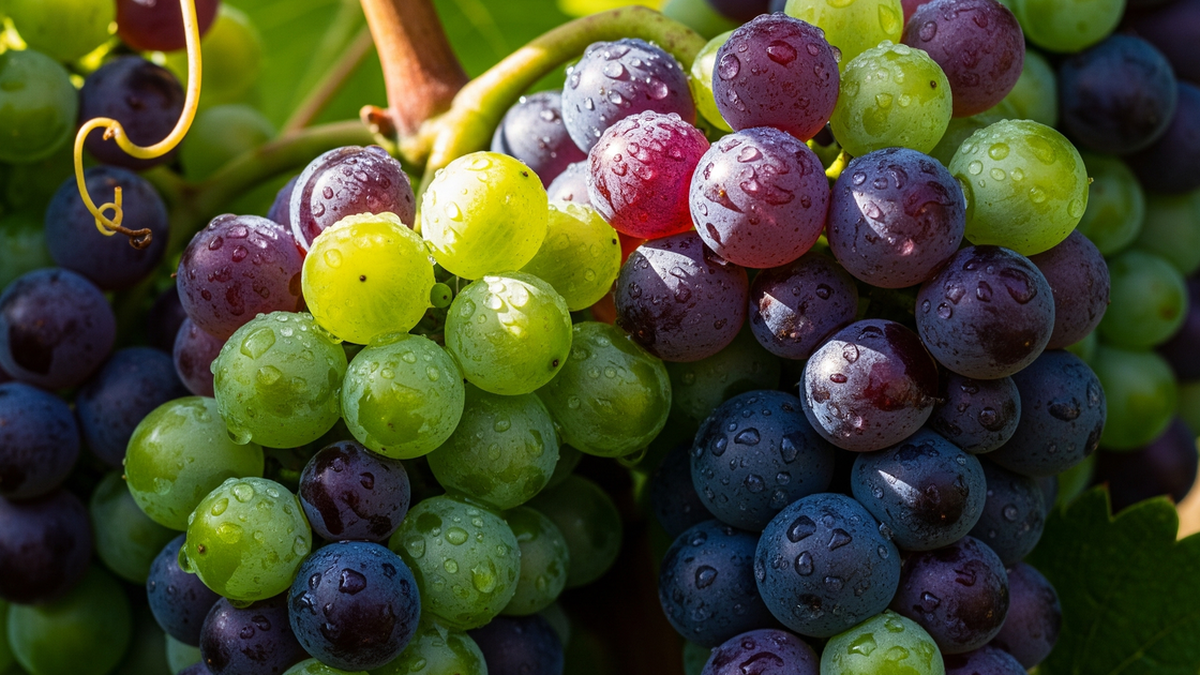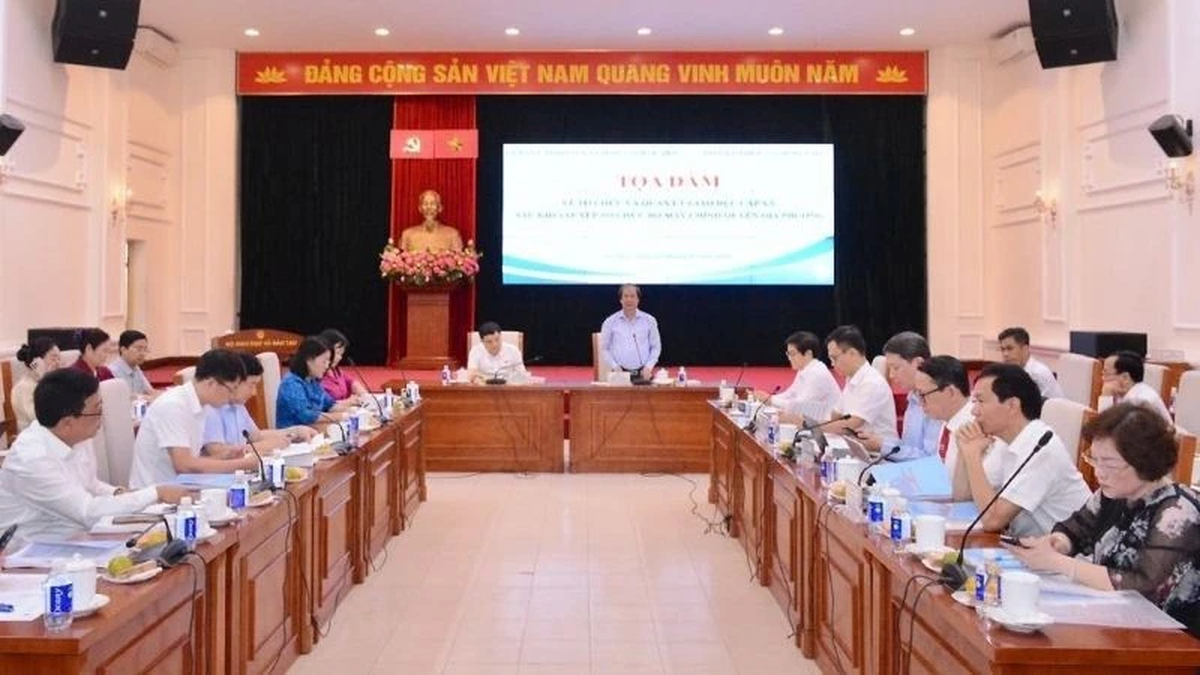
For Ms. Lo Thi Vui's family in Pom Loi village, Nam Thanh ward (Dien Bien Phu city), winter crop has become the main crop for many years, not only providing additional income but also creating a large amount of feed for livestock. This winter crop, Ms. Vui's family planted more than 1,000m2 of corn and potatoes on double-crop rice land. Production according to the crop schedule and regular care have helped her family's winter corn and potatoes grow well, providing additional income in the coming time.
Dien Bien district is one of the localities with a large winter crop area, with an area of over 950 hectares, mainly corn, potatoes and vegetables. For an effective winter crop, right from the beginning of the season, the district People's Committee has directed specialized agencies to coordinate with the commune authorities to determine the strengths of land, climate, and irrigation of each region to select suitable and effective crops; fully prepare seeds, materials, and fertilizers to ensure sufficient quantity and quality. At the same time, review and adjust the planting plan and schedule to suit the practical situation of the locality. Along with that, the district's Department of Agriculture and Rural Development coordinates with the communes to organize training, instruct farmers on cultivation techniques, pest control, and mechanization in production; monitor the growth and development of crops and pests to promptly care for and effectively prevent them. Up to this point, winter crops in the district are growing and developing well.
In the 2023 winter crop, the whole province plans to plant more than 1,900 hectares of various crops, mainly in the districts of Dien Bien (more than 950 hectares), Nam Po (160 hectares), Tua Chua (130 hectares), Muong Ang (120 hectares)... In terms of structure, the main crops are corn with an area of 397 hectares, peanuts (more than 81 hectares), sweet potatoes (34 hectares), potatoes (7 hectares), various vegetables (more than 1,375 hectares)... The total output is estimated at more than 28,000 tons; of which corn output is nearly 1,000 tons, sweet potatoes are more than 1,600 tons, and various vegetables are more than 25,000 tons. Many high-yield, high-quality crops have been focused on being put into production in the winter crop and their acreage has been continuously expanded, such as: chili, potatoes, squash, and spices.
In addition to the advantages, winter crop production in 2023 is forecasted to face difficulties, such as: Climate change and extreme weather will have negative impacts and pose great challenges; the market and prices of agricultural products are unstable, especially those with high economic value. Production linkage according to the value chain with the participation of enterprises and the application of safe production are still limited; the implementation of farmers' linkage contracts is not guaranteed, agricultural cooperatives have not yet fully promoted their role; business and service activities are not really effective, have not created concentrated commodity production models, and agricultural products are not uniform. Prices of input materials remain high, affecting agricultural production activities. Pests and diseases always pose a potential risk of causing serious damage to corn and some other crops (fall armyworm), reducing productivity and output.
To produce winter crops effectively, the Department of Agriculture and Rural Development recommends that the People's Committees of districts, towns and cities develop production plans and solutions suitable to local conditions; propagate and mobilize farmers to promote winter crop production in a concentrated manner, with contracts linking product consumption. At the same time, encourage people to diversify crop structures; use short-term varieties, prioritizing crops with high economic value; expand the area of crops that can be preserved and processed after harvest (squash, soybeans, peanuts, onions and garlic for tubers, etc.); crops processed for animal feed (corn, beans). At the same time, encourage businesses and cooperatives to participate in linking the organization of production and consumption of winter crop products. Strengthen information, propaganda and trade promotion activities to expand production and product consumption linkages.
Source


































































































Comment (0)